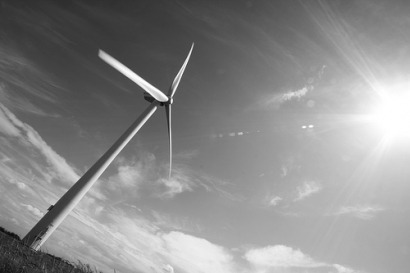
The report measures progress in the global development and deployment of energy-efficient and clean energy technologies in the industry, building, power generation, and transport sectors. The report also analyses each technology's chances of achieving the Energy Technology Perspectives 2012 2°C (2DS) objectives—which outline how each technology can make a difference in limiting global temperature rise to 2°C above preindustrial levels—by 2050; identifies barriers and enablers to the technology’s increased deployment; and provides specific recommendations for increasing the technology's market presence.
Key findings
The report notes that while some clean energy technologies, such as onshore wind and solar photovoltaics, have made significant progress and are on track to meet the 2DS objectives, the technologies that could lead to the greatest energy and carbon dioxide emissions savings are progressing at the slowest pace. The rates of investment for full-scale carbon capture and storage (CCS) demonstration projects are insufficient, and inefficient technology is used in almost half of new coal-fired power plants. Furthermore, vehicle fuel efficiency is not improving as rapidly as desired, and there are untapped opportunities for energy efficiency improvements in the building and industry sectors.
The report states that governments must create and preserve business environments that support low-carbon energy technologies in order for private-sector financing to reach sufficient levels.
Recommendations
The report encourages energy ministers to increase international collaboration and support national clean energy technology goals. The report also states that the following recommendations and supporting actions will help clean energy technologies gain a better foothold in the mainstream market:
"We have a responsibility and a golden opportunity to act," said IEA Deputy Executive Director Ambassador Richard H Jones. "Energy-related CO2 emissions are at historic highs; under current policies, we estimate that energy use and CO2 emissions would increase by a third by 2020, and almost double by 2050. This would likely send global temperatures at least 6°C higher. Such an outcome would confront future generations with significant economic, environmental and energy security hardships - a legacy that I know none of us wishes to leave behind."
Tracking Clean Energy Progress is an early except of the forthcoming Energy Technology Perspectives 2012 (ETP2012) (to be released in June 2012).
For additional information:

